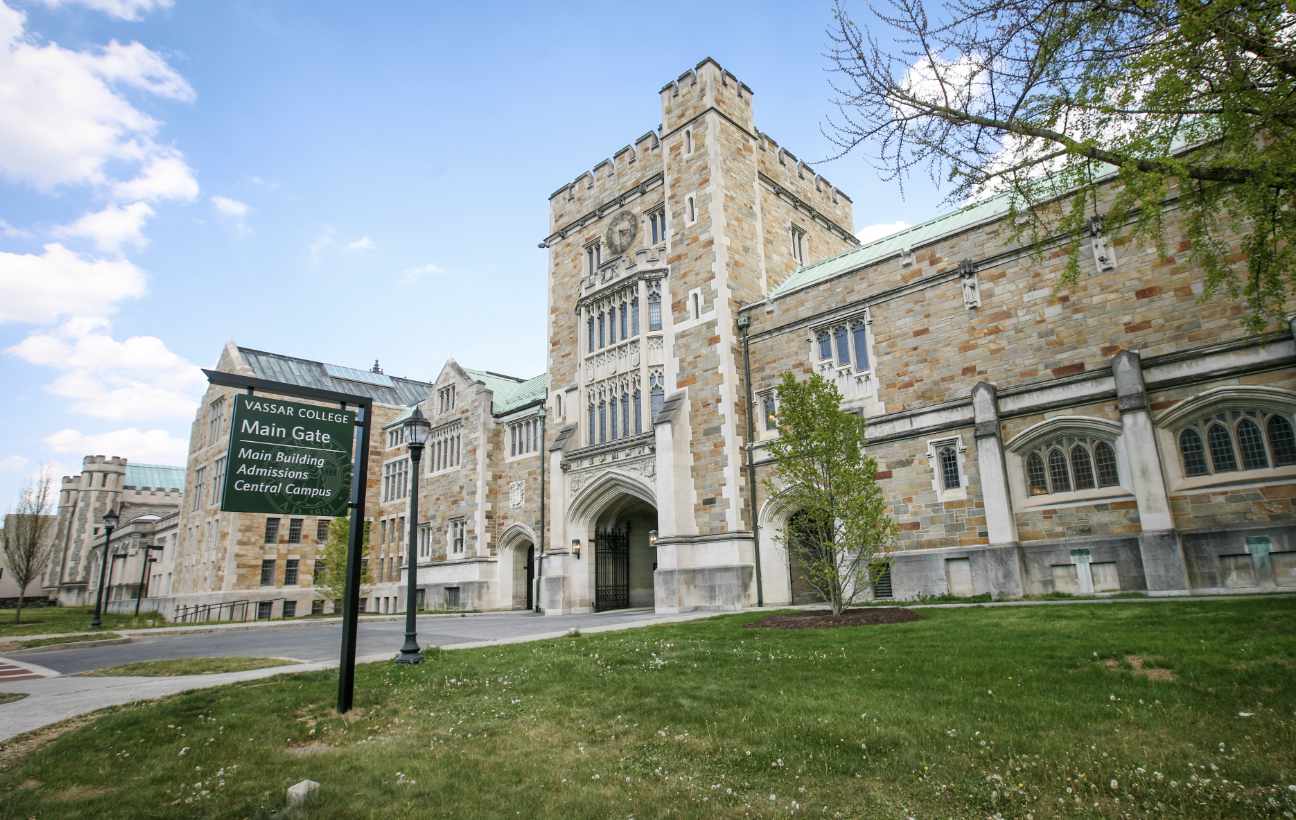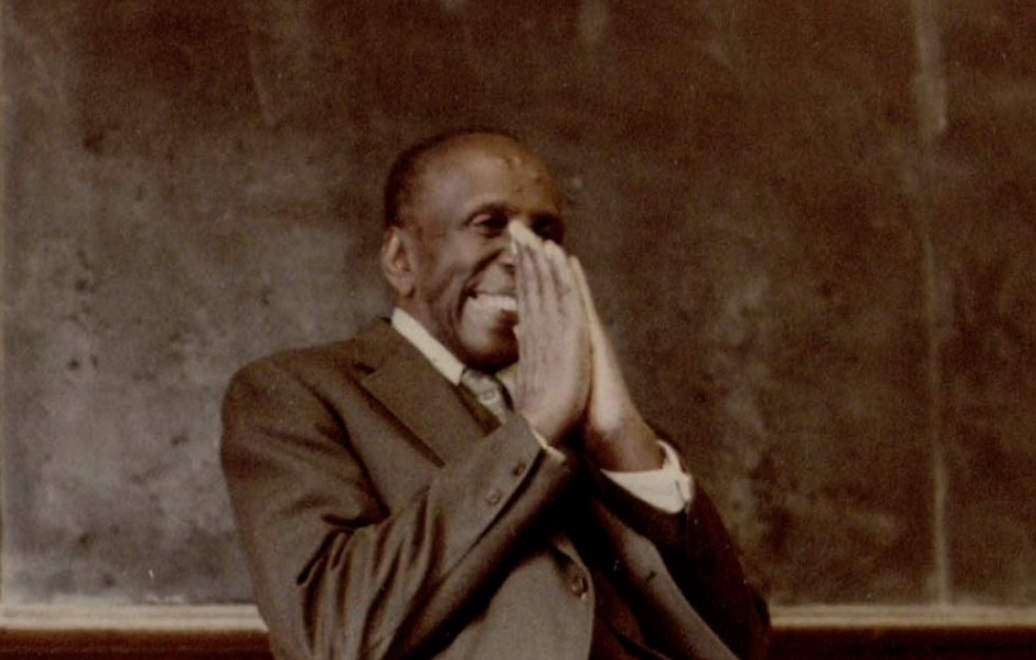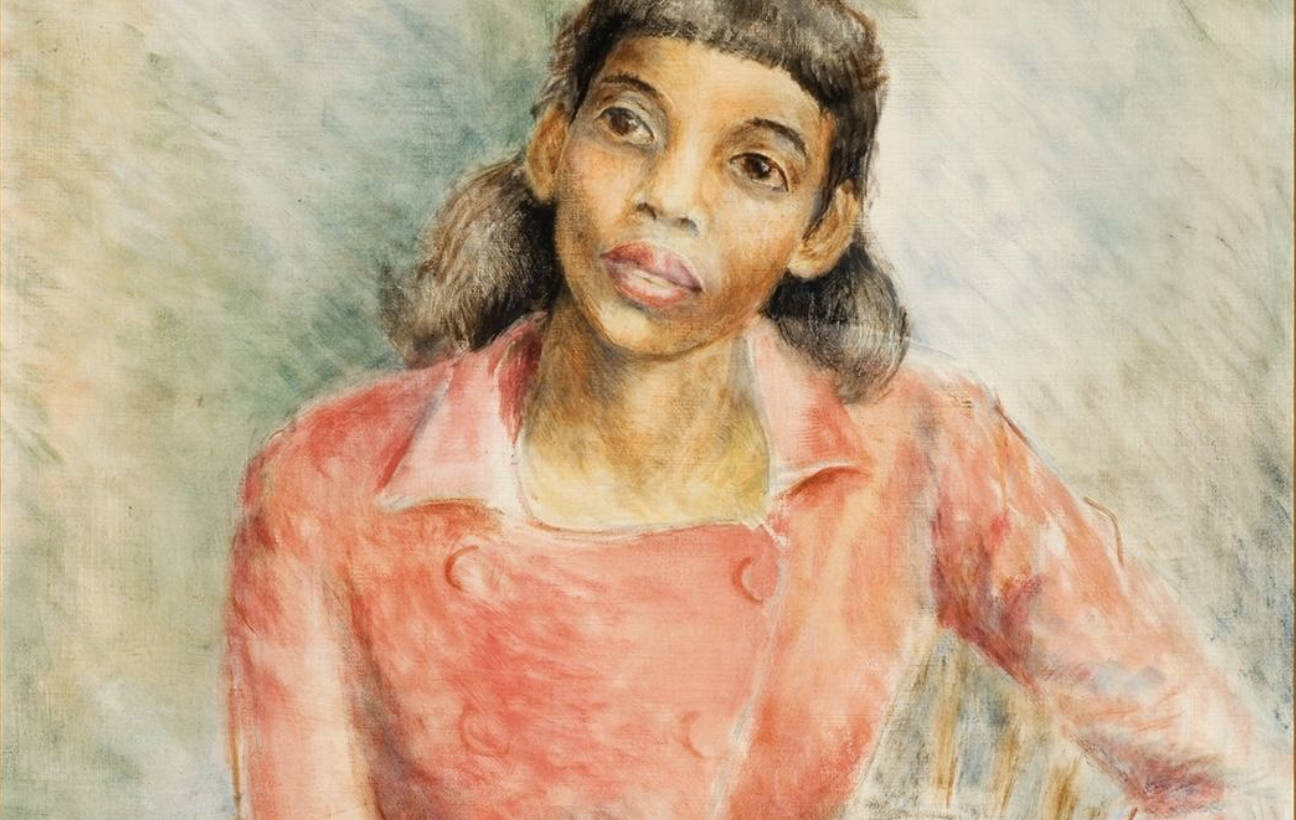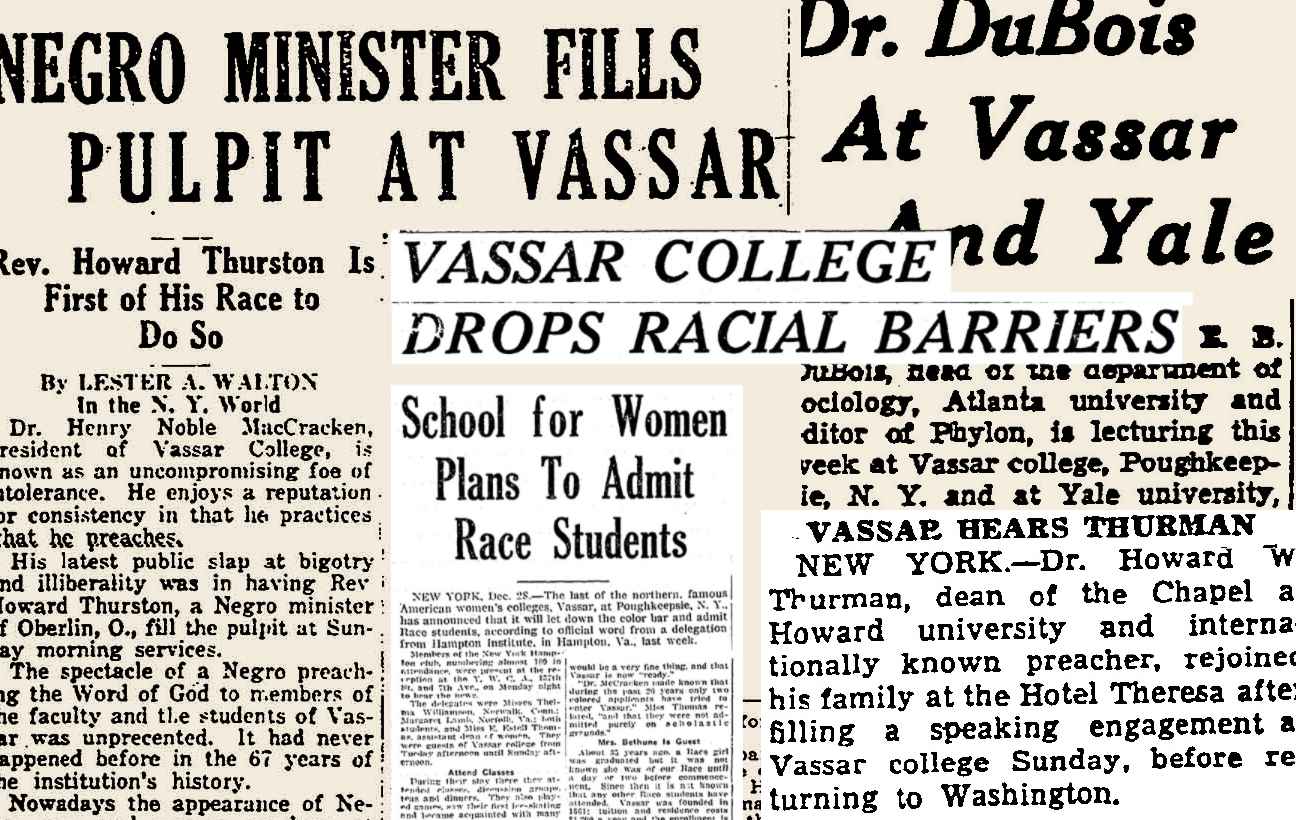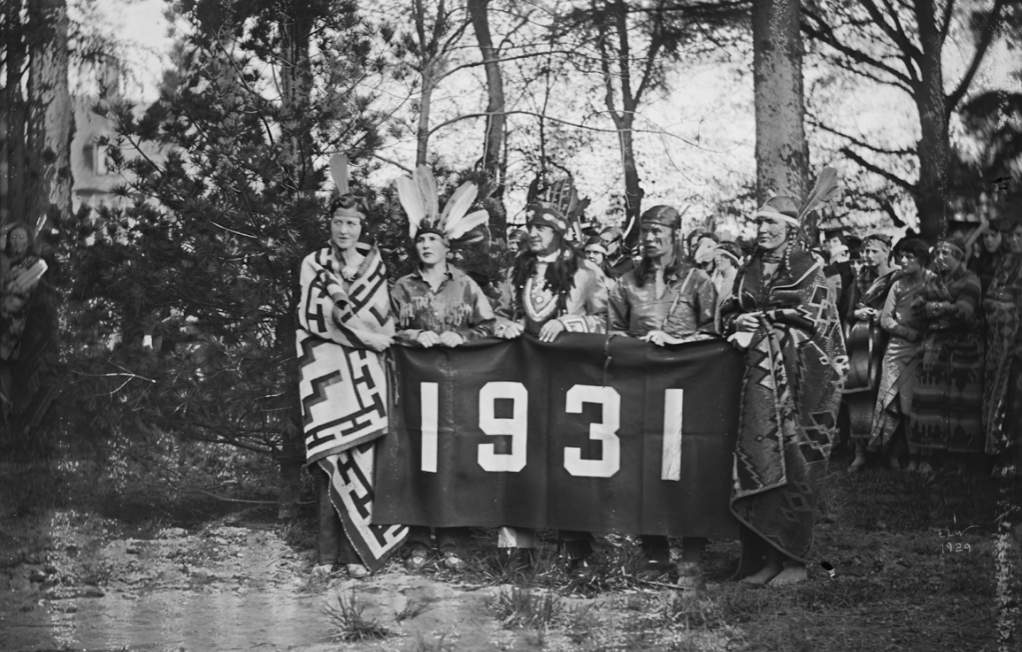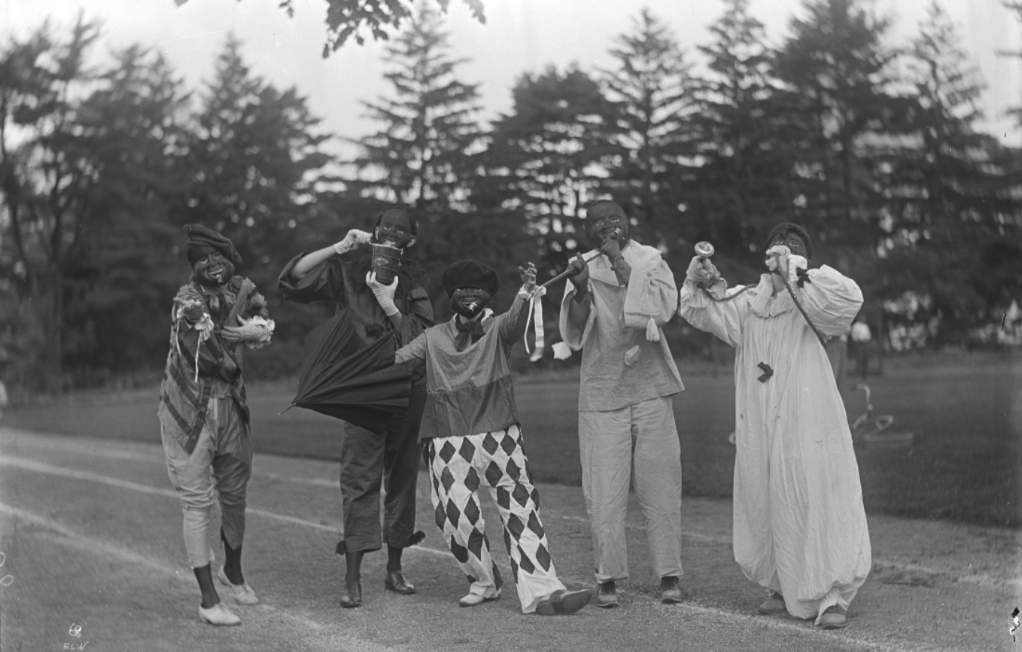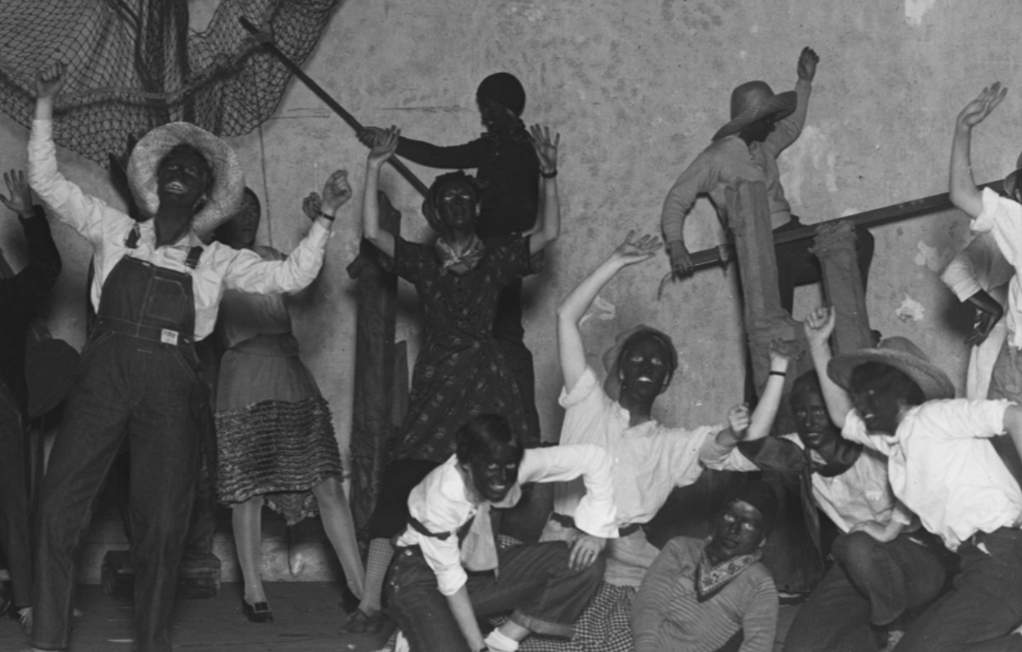The Work
In her announcement of the Inclusive History initiative, President Bradley requested, given the history of the United States and Vassar’s role within it, that the commission begin with the topics of Blackness and African American experiences at Vassar and Native American indigeneity at Vassar.
The broader scope of the Inclusive History initiative is expansive and the Commission encourages any research or contribution that reflects all perspectives, histories, and topics. As the Vassar community expands its research focus to reflect its myriad experiences and interests, the website will expand and evolve to reflect the entirety of its work.
Content warning: This work contains language and images that some may find deeply disturbing. Some of the images below have been blurred.

Oral History Video Booth
These videos capture the stories, experiences, and reflections of several members of the African American Alumnae/i of Vassar College (AAAVC) and contribute to a history of what it has meant to be a Black student at Vassar over the years.
Howard Thurman, Blackness, and Vassar College
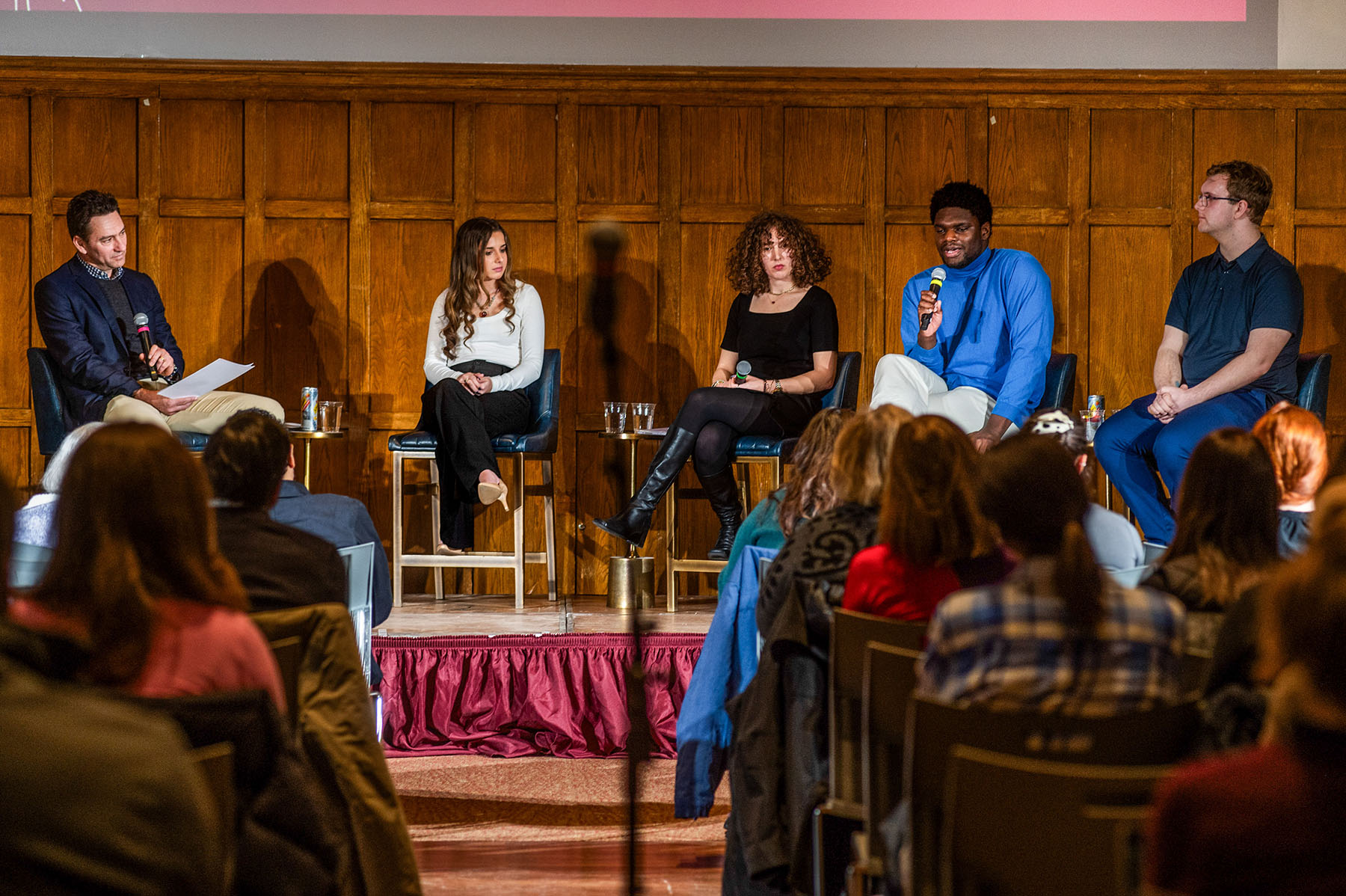
Introduction
In the fall of 2023, four students accepted my invitation to explore a set of questions around the persistent presence of Howard Thurman at Vassar during the middle of the 20th century. What can we learn if we start to unpack the implications that Thurman, the philosophical and theological architect of pacifism and nonviolence for Black activists in the 20th century, was a consistent presence on this campus?
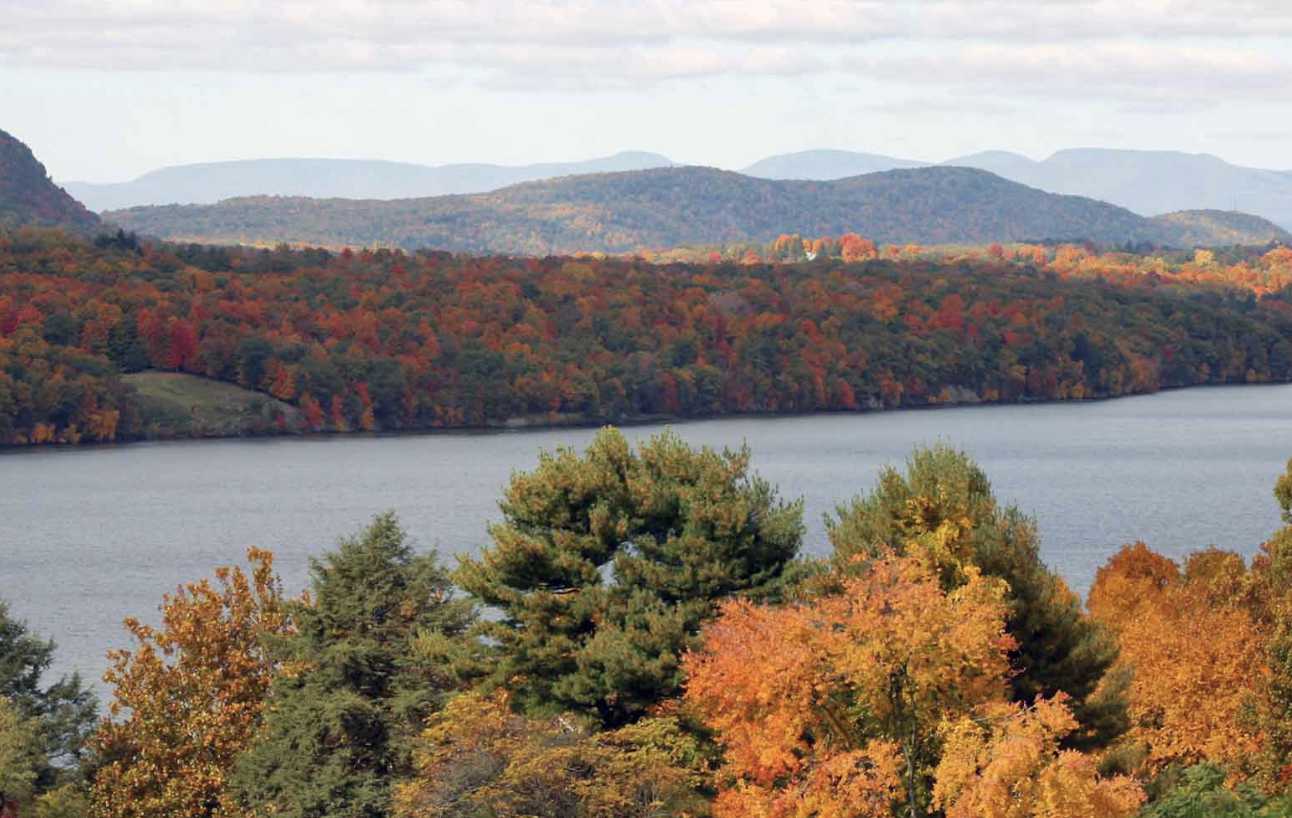
Featured site
Decolonizing Vassar: Living the Land Acknowledgement
In support of the land acknowledgement, this website is to document Vassar’s efforts to build and sustain relationships with Native communities; expand opportunities for Native students, Native faculty and other employees; and collaborate with Native nations to know better the Indigenous peoples, past and present, who care for this land.
Practices of Racial Masquerade at Vassar: Student Research into the Wolven Glass Plate Collection
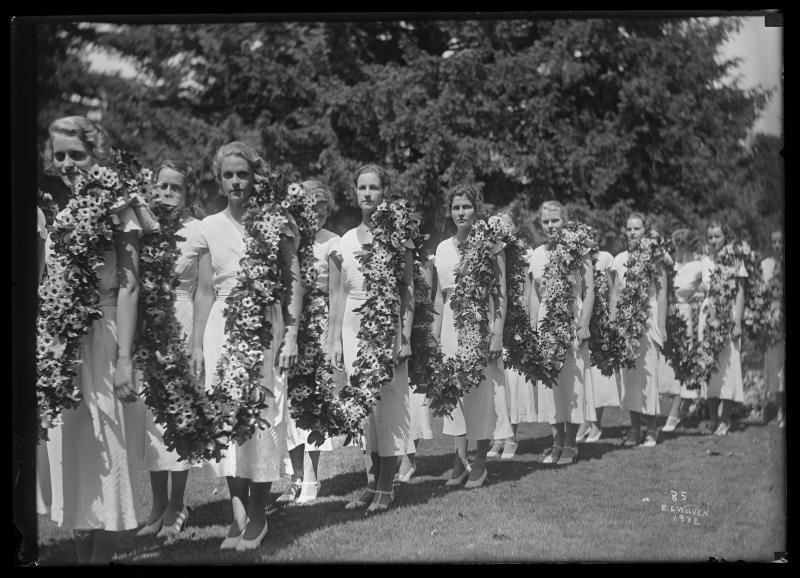
Introduction
The Vassar College archive is a complicated and sometimes disturbing site of inquiry. In 2017, as College librarians began to digitize images from the Wolven Glass Plate Negative Collection, alarming aspects of the College’s history emerged in graphic ways.
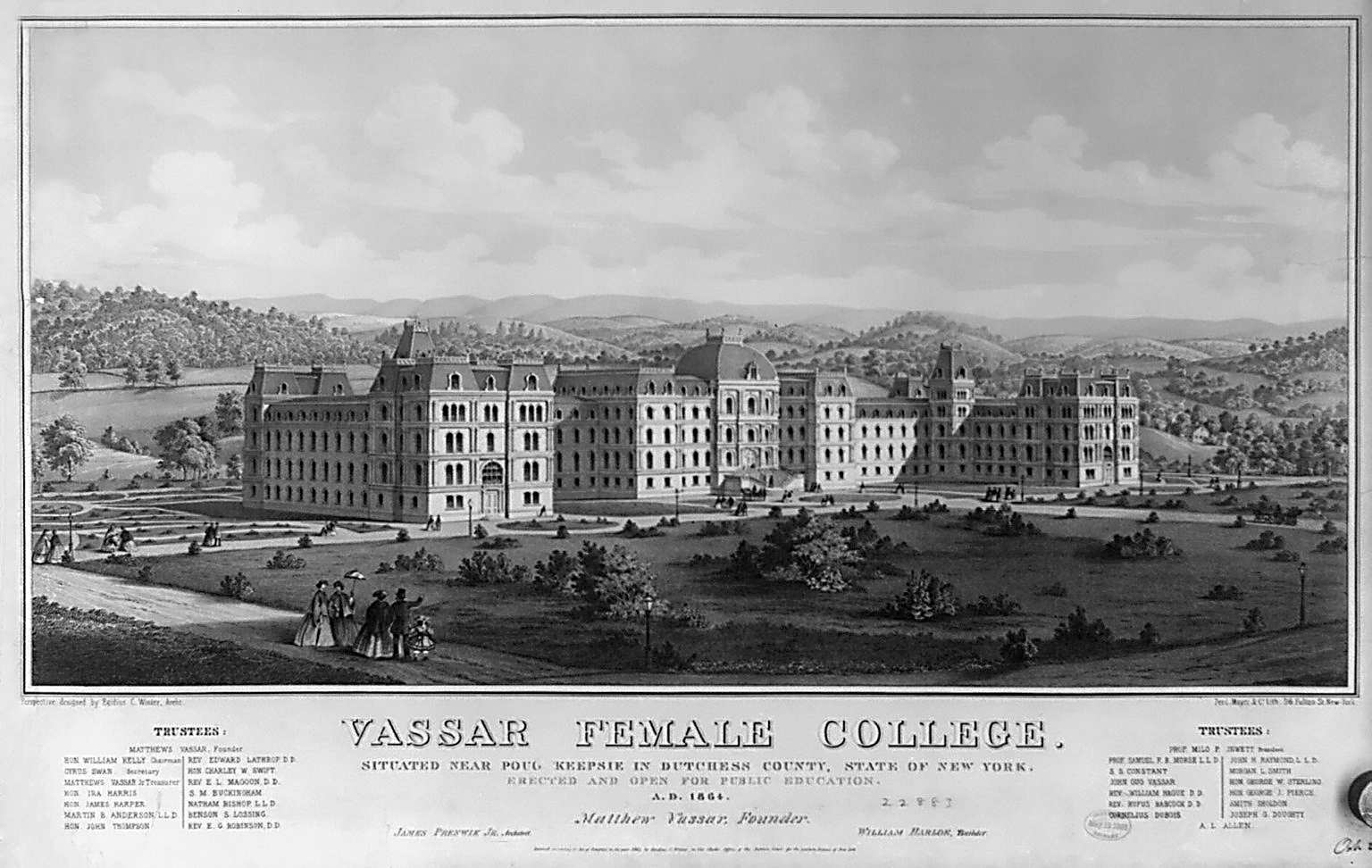
Vassar and Slavery
One might be tempted to think that since Vassar was founded in 1861, well past the date when slavery was outlawed in the state of New York (1827), there is no real story to tell. Yet even a quick glance at online and published sources about Vassar reveals a number of references to slavery and enslaved people. The time has come to reexamine these references and explore further their context, meaning, and relation to the history of the College.
Additional Works and Projects
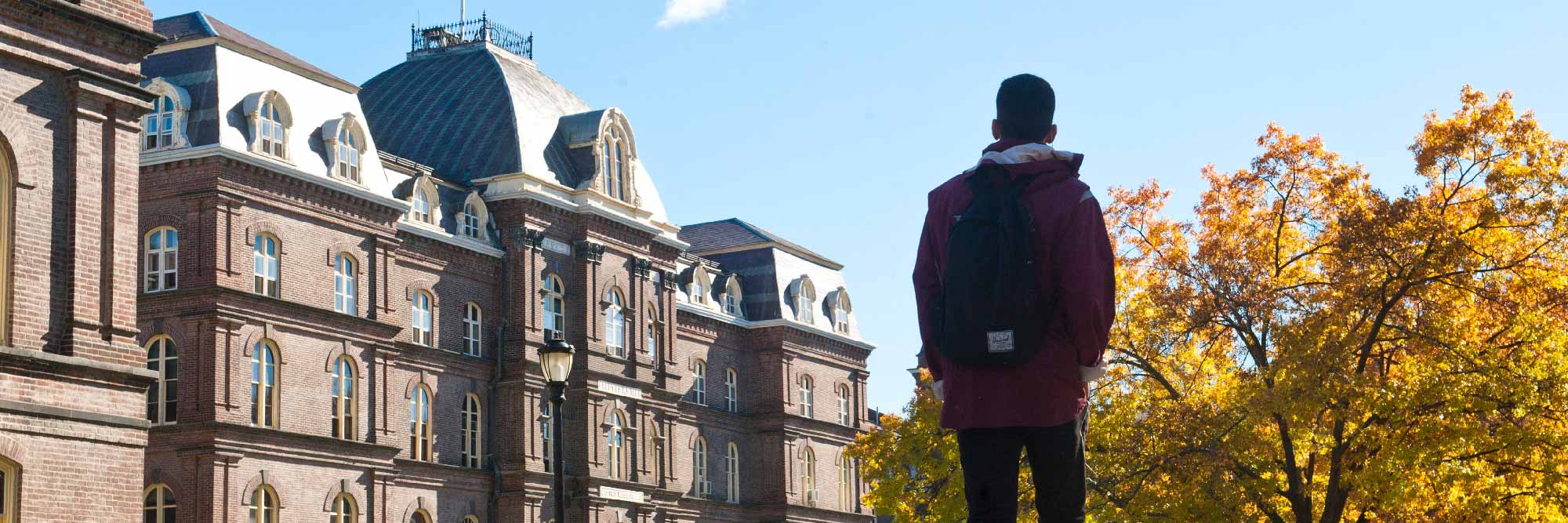
Buildings and Belonging
Buildings and Belonging highlights campus buildings and sites where African Americans have contributed to the physical, cultural, academic, and sociological history and development of the College.
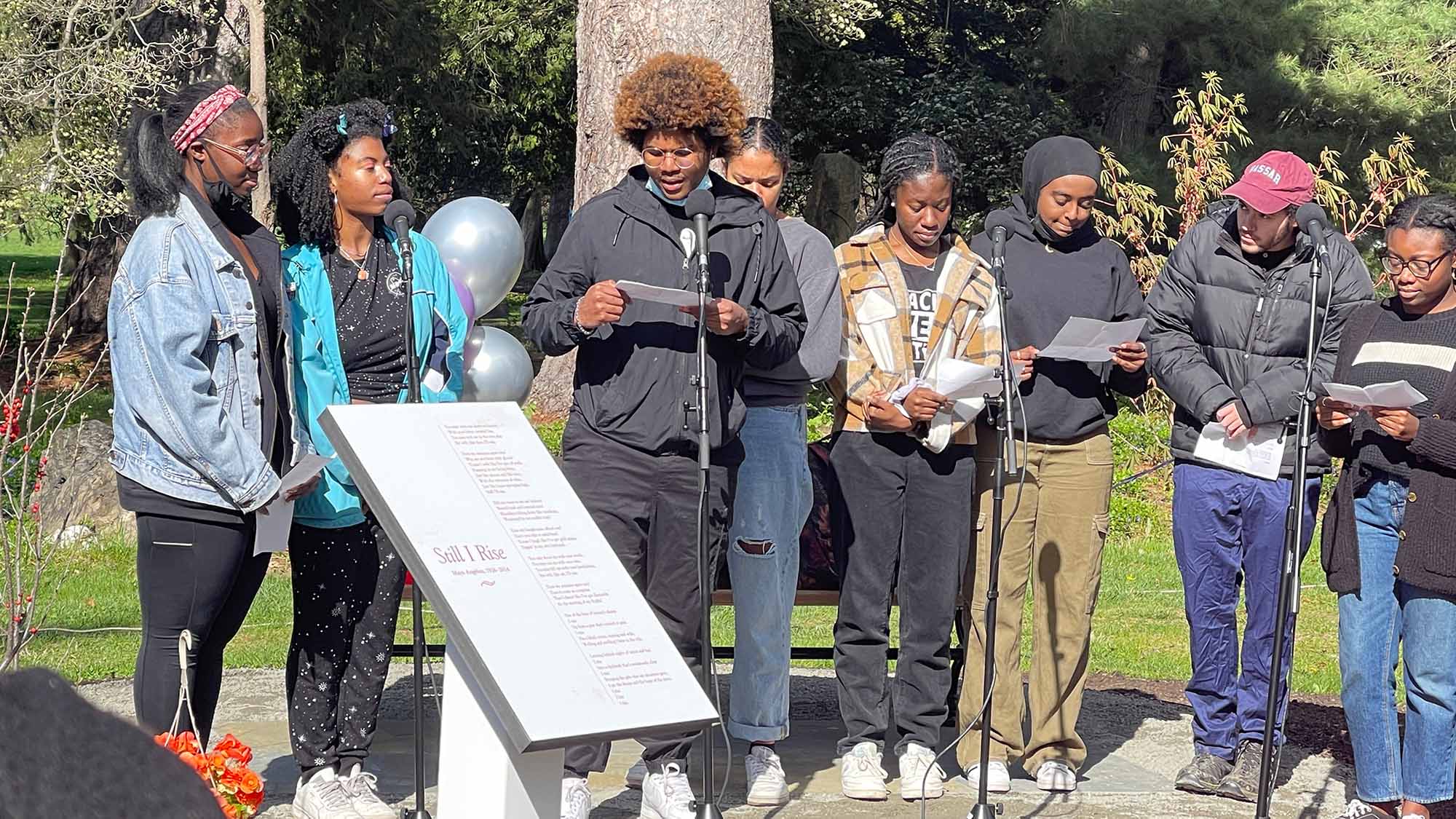
Vassar Cultivates an Enduring Celebration of Black Lives
On a chilly, sun-splashed April afternoon nearly two years later, members of the Black Students’ Union (BSU) joined with dozens of others in the Vassar community to dedicate the Garden to Celebrate Black Lives on a patch of ground adjacent to the Aula.
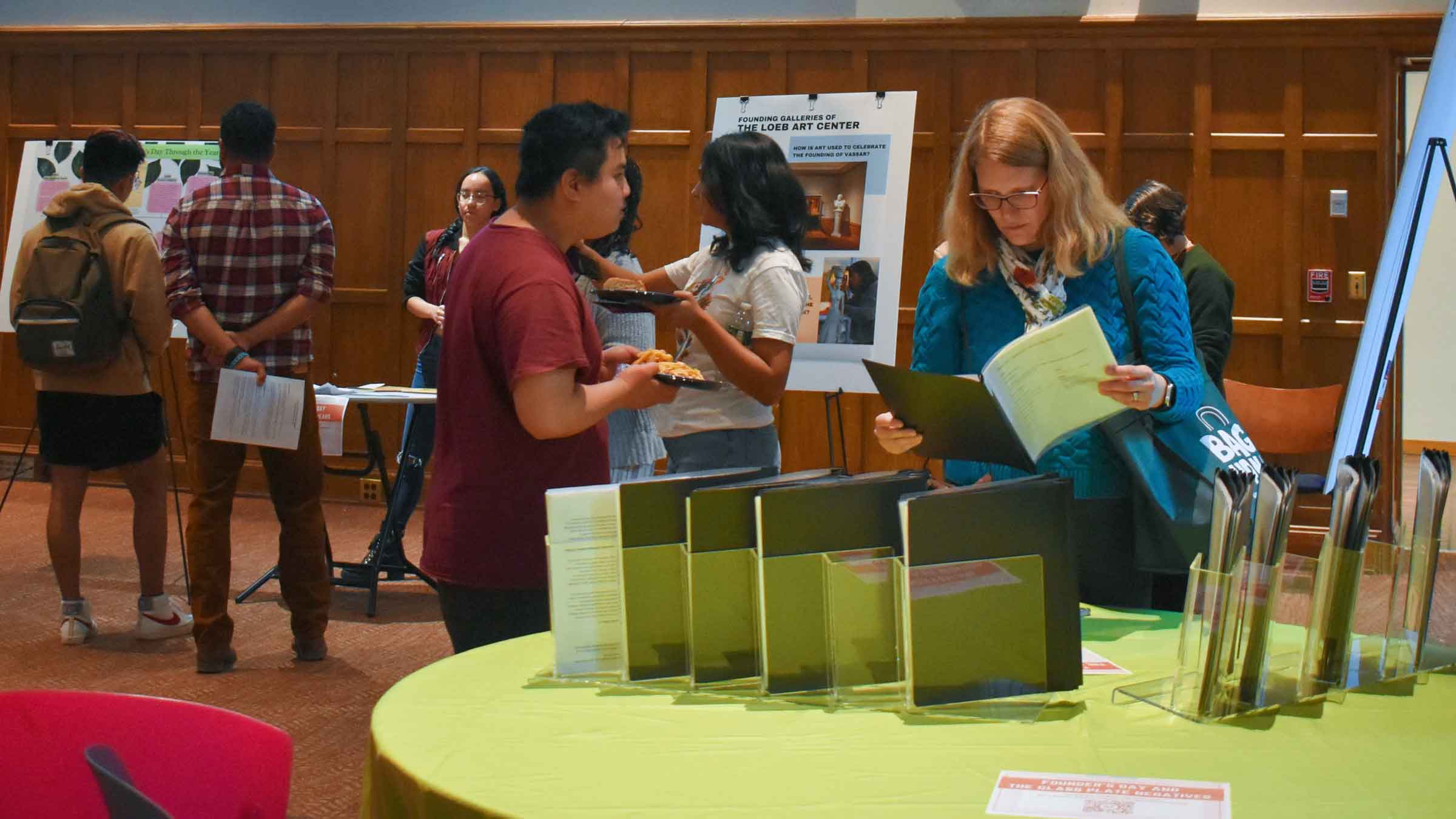
Complicating Founder’s Day
Founder’s Day, a memorial to Matthew Vassar held on the Saturday closest to his April 29 birthday, has been a part of Vassar’s social fabric since it began as a surprise party for the founder in 1866.
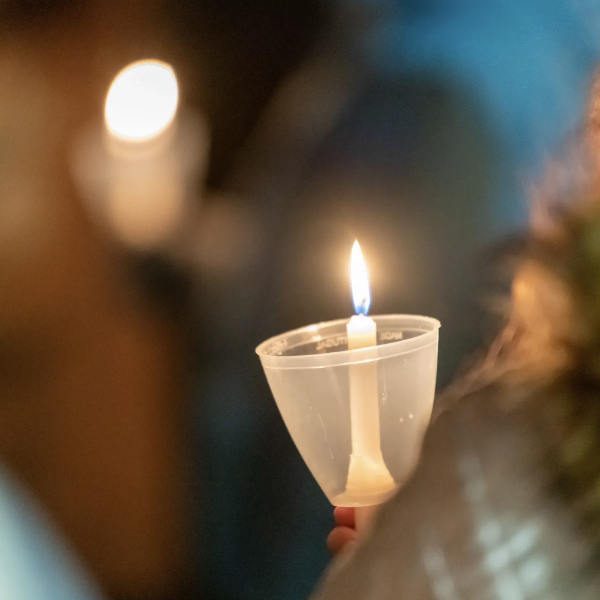
History of Peace at Vassar
This project chronicles the history of peace and justice at Vassar College from its founding in 1861 (and before) to the spring semester of 2025.
